DIY or Pro? How to Save Big on Yanmar Diesel Marine Engine Installation Tips
Introduction
Installing a Yanmar Diesel Marine Engine can be both exciting and challenging. Whether you’re looking to save money by going the do-it-yourself route or seeking expert help, it pays to understand your options. In this guide, we’ll share valuable Yanmar Diesel Marine Engine Installation Tips that will help you cut costs, avoid pitfalls, and keep your vessel running at peak performance.
For help choosing the right engine model, check out our blog post on Yanmar 4LV vs. 6LY: Discover Which Diesel Marine Engine Is Worth Your Investment to find the perfect power solution for your boat.
DIY vs. Professional Installation: Pros and Cons
If you’re weighing the decision between installing your Yanmar engine yourself or hiring a professional, consider these key points:
| Approach | Pros | Cons |
|---|---|---|
| DIY | – Potentially lower labor costs – Learn valuable mechanical skills – Greater personal satisfaction |
– Requires specialized tools – Risk of incorrect installation – Warranty could be voided if done improperly |
| Professional | – Expertise ensures proper alignment and calibration – Retains manufacturer’s warranty – Saves time and headache |
– Higher upfront cost – Scheduling and availability of marine technicians |
External Link: Refer to Yanmar’s Official Marine Engine Installation Guidelines for detailed specifications and best practices.
Step-by-Step Yanmar Diesel Marine Engine Installation Tips
- Pre-Installation Inspection
- Check Engine Components: Ensure that all parts, such as belts, hoses, and filters, are intact and not damaged during shipping.
- Gather Proper Tools: Have torque wrenches, alignment tools, and safety gear ready.
- Prepare the Engine Bay
- Clean & Clear Workspace: Remove debris, grease, or any obstructions to ensure a precise fit.
- Reinforce Mounting Points: Confirm that the transom and engine mounts can handle the weight and torque of the new engine.
- Alignment & Mounting
- Use Manufacturer’s Guidelines: Refer to Yanmar’s alignment specs to avoid vibrations and premature wear.
- Verify the Mounting Bolts: Tighten them according to the recommended torque values to keep the engine secure.
- Connecting Fuel & Cooling Systems
- Proper Hose Routing: Prevent kinks in fuel, air, and coolant lines, which can hinder performance.
- Double-Check for Leaks: Immediately fix any leaks before running the engine to avoid fire hazards or damage.
- Electrical Wiring
- Correct Gauge & Insulation: Use marine-rated wiring and ensure solid connections.
- Follow Polarity: A reversed connection can damage electronic components.
- Initial Startup & Testing
- Prime Fuel System: Remove air pockets from fuel lines.
- Monitor Gauges: Keep an eye on temperature, oil pressure, and RPM during the test run.
- Sea Trial: Check throttle response, speed, and overall operation once you’re on the water.
If you’re still deciding on the perfect Yanmar model, don’t miss our Where to Find the Best Deals on Genuine Yanmar Marine Engines (Before They’re Gone) blog post for cost-saving opportunities.
Common DIY Installation Mistakes to Avoid
- Skipping the Manual: Always read the official Yanmar installation manual thoroughly.
- Using Non-Genuine Parts: Third-party components can compromise engine performance and void warranties.
- Ignoring Alignment Requirements: Even a minor offset can lead to vibrations and major engine damage.
- Forgetting to Bleed the Fuel System: Air in fuel lines is a frequent cause of poor engine performance.
Cost-Saving Strategies
- Group Purchases: If you’re part of a marina community, consider bulk purchasing discounts on Yanmar engines and parts.
- Seasonal Promotions: Look for offseason sales or special offers from X Factors Motorsports—often available at the end of the boating season.
- Preventive Maintenance: Routine checks reduce the likelihood of expensive repairs down the line.
FAQ: Yanmar Diesel Marine Engine Installation Tips
- Q: Can I install a Yanmar Diesel Marine Engine by myself without voiding the warranty?
A: Yes, but only if you follow Yanmar’s official installation guidelines and use genuine parts. However, professional installation is recommended to ensure you’re fully compliant. - Q: What tools are essential for a DIY Yanmar engine installation?
A: You’ll need a torque wrench, socket set, alignment tool, and marine-grade wiring supplies. Consult the Official Yanmar Installation Guidelines for a complete list. - Q: How often should I service my newly installed Yanmar engine?
A: Follow the manufacturer’s recommended service intervals, typically every 100–200 hours of operation. Using genuine Yanmar parts is crucial for maintaining warranty coverage and engine longevity. - Q: Can I upgrade my boat’s existing electrical system for a new Yanmar engine?
A: Yes. In fact, upgrading your electrical system and batteries is often advisable to handle the increased power demands of newer engines. - Q: Do I need a special permit or license to install a marine engine?
A: Generally, no special permit is required for personal installations, but local regulations vary. If you’re operating commercially, consult local maritime authorities.
Conclusion
Whether you’re a seasoned DIY enthusiast or leaning toward hiring a professional, these Yanmar Diesel Marine Engine Installation Tips will help you make an informed decision. Proper installation not only preserves your warranty but also ensures your engine runs safely and efficiently for years to come.
- DIY Approach: Ideal for boaters with mechanical expertise who want to save on labor costs.
- Professional Installation: Perfect for those who prefer peace of mind, ensuring their engine is installed to the highest standards.
Ready to Start? Contact X Factors Motorsports for expert advice, competitive pricing on Yanmar engines, and professional installation services. Your boating adventures are just a step away from smooth sailing!


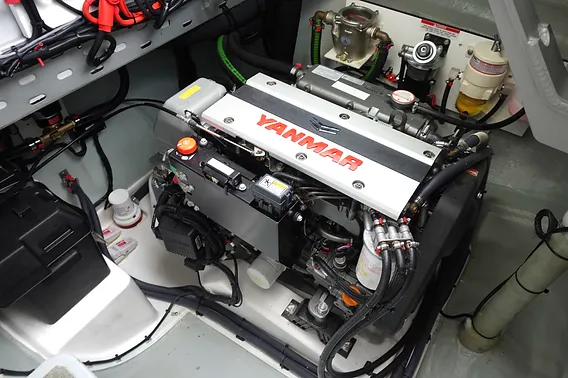
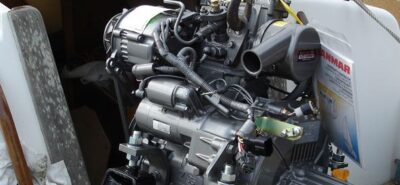
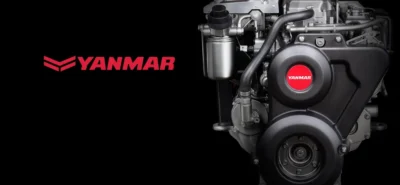

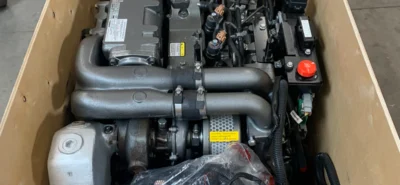
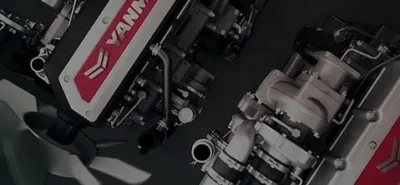
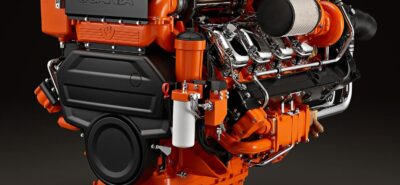
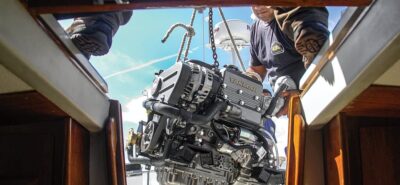
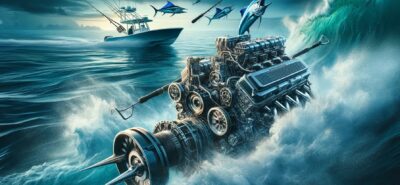
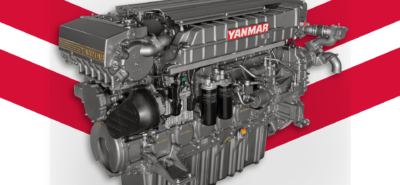
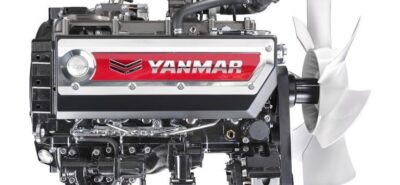
LEAVE A COMMENT